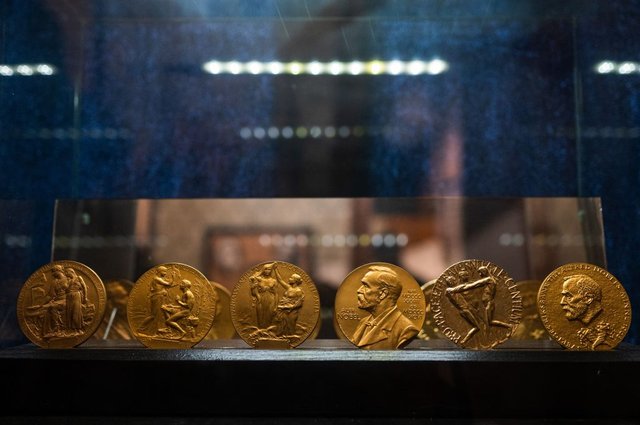The 2021 Nobel Prizes honor laureates for their groundbreaking research
The 2021 Nobel Prize winners were announced in October.
The 2021 Nobel Prizes for science were announced from October 4th to October 11th, coming with advances in the STEM field as a whole. Science is constantly changing and even the best scientists are still learning more about how the world works. Few scientists have the chance to earn a Nobel Prize and contribute to their respective fields in large ways.
This year, Benjamin List and David MacMillan were awarded the Nobel Prize in chemistry “for the development of asymmetric organocatalysis”.
In 2000, List and MacMillan developed a third type of catalysis. They called this asymmetric organocatalysis, which builds upon small organic molecules. Catalysts are very important in the chemistry field, and there used to exist only two types of catalysts: metals and enzymes.
Syukuro Manabe and Klaus Hasselmann were awarded the Nobel Prize in physics “for the physical modelling of Earth’s climate, quantifying variability and reliably predicting global warming”, as well as Giorgio Parisi “for the discovery of the interplay of disorder and fluctuations in physical systems from atomic to planetary scales”.
Manabe was able to show how increased levels of carbon dioxide in the atmosphere lead to increased temperatures at the surface of the Earth. His work is revolutionary in the world’s step towards addressing climate change. Manabe developed physical models of the Earth’s climate in the 1960s, being the first person to look at the connection of radiation balance and the vertical transport of air masses. Hasselmann created a model that links weather and climate together, explaining climate models and how they can be used despite unstable weather. Hasselmann also developed methods for identifying specific signals, fingerprints, that both natural phenomena and human activities imprint in the climate. He was able to prove that increased temperature in the atmosphere is due to human emissions of carbon dioxide.
Parisi discovered hidden patterns in disordered complex materials in 1980, as his discoveries help to describe different materials and phenomena. His work is very significant in the fields of mathematics, biology, neuroscience, and machine learning.
Lastly, David Julius and Ardem Patapoutian were awarded the Nobel Prize in physiology and medicine “for their discoveries of receptors for temperature and touch”.
Julius and Patapoutian identified TRPM8, a receptor that was shown to be activated by cold. They were able to investigate these channels in thermal sensation by using genetically manipulated mice that lacked newly discovered genes. Julius and Patapoutian’s discovery of TRPV1 was able to show how temperature differences may induce electrical signals in the nervous system.
However, the 2021 Nobel Prizes in science were missing one thing: women laureates. The reason is unknown, despite women being awarded three out of the eight Nobel Prizes in science last year. Although the STEM field is growing in representation each day, there is more work to be done in this regard, similar to how scientists have interesting work ahead of them.


